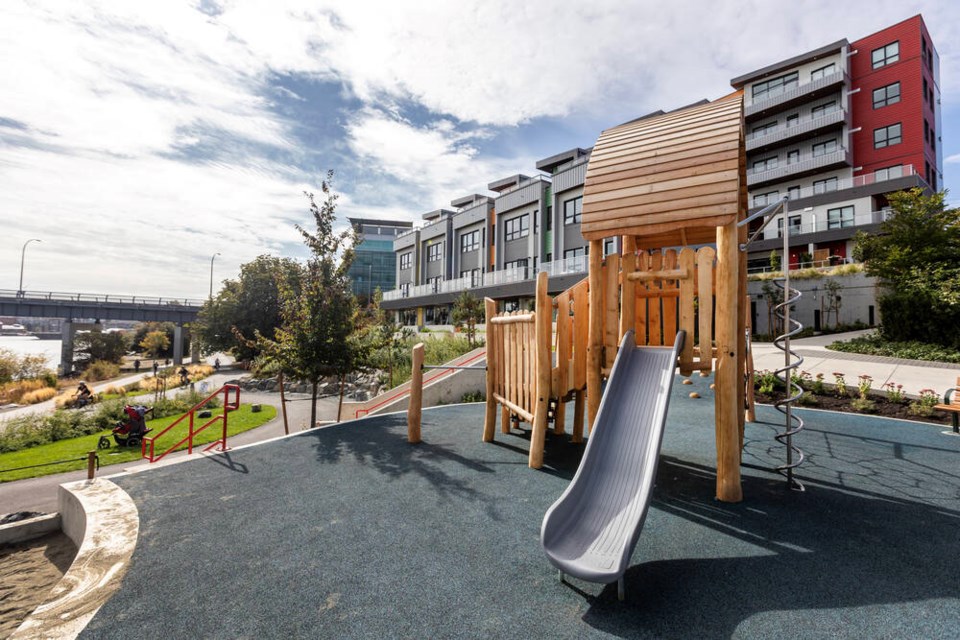A commentary by a Victoria resident with a lengthy resume of community involvement with an urban design focus.
I share the view of the recent letter, “Victoria needs to withdraw its biased planning survey,” that the City of Victoria’s Official Community Plan Review process has adopted a “participation architecture” that excludes deviating viewpoint or novel and creative input.
It’s more in the nature of “Would you like your rat poison with crackers or toast? Check one.”
This approach conveys to me that the city is reluctant at best, frightened at worst, to receive ideas other than the ones it has predetermined.
This is not socially healthy and, as well, it seems to reject the rough-and-tumble that should accompany a comprehensive planning and land use process.
As a citizen, I’d sooner fight and lose than not be given the opportunity.
This, though, is more or less where I and the writer of the previous letter diverge.
After assuring the reader she is not a NIMBY, she plays all the rousing notes of the NIMBY anthem. Still, to her accidental credit, she offers me insight.
There is not exactly a bias, but a disposition, by those living in single-family homes and single-family home environments to oppose increased and significant density. Density is … THEM!
Density changes their feelings about their stakehold, diminishes their sense of investment, reduces their assumptions of citizenship. I understand: you own a single-family home, you don’t want it threatened, visually or symbolically.
I write as someone who has made cultural and business contributions to my city, but also as a small-time real estate developer; specifically, a greedy small-time developer.
Omigod, batten down the hatches! Yes, I have this pathological need to manage risk and make a profit — the very definition of greedy.
I believe that Munro’s Books and the Dutch Bakery, among others, are guilty of the same practices. Greedy Dutch Bakery, always wanting to sell more vanilla slices, more, more, more!
“Greedy” is cultural code, easily applied to developers because the scale of both the projects and the business is gigantic.
But I believe that “greedy” less condemns a developer for making money than it does for putting up a crappy box that dehumanizes not just a neighbourhood, but also the folks who live within.
“Greedy,” in other words, stands in for a kind of unconcern about impacts and raw self-interest.
It’s tempting to blame developers and their architects. Probably many should shoulder the blame. If you started talking about “esthetic responsibility of buildings,” they would think you were talking Martian.
The industry value is that “beautiful costs more.” This is lazy thinking, but the city offers neither carrot nor stick in this regard.
Going full circle back to the current OCP review process, the city is the main culprit.
Nothing — and I mean nothing — prevents the city from setting the terms and standards of building design, building/public realm interface, and site design.
Chris LeFevre (Railyards), the Jawls, Don Charity and Fraser McColl (Mosaic, Jigsaw) and a few others do beautiful work — voluntarily — and I don’t think they are losing money on their projects.
Nothing prevents the city from saying to all developers: “Visit those projects. That’s the new standard!”
Trust me: developers would meet the standard and figure out how to make dough.
The OCP review process, with its fore-ordained outcomes, considers none of this, of course. Its entire focus is arithmetic, not esthetics or cultural impact.
I guess design concerns are Martian to the city, too.
>>> To comment on this article, write a letter to the editor: [email protected]



